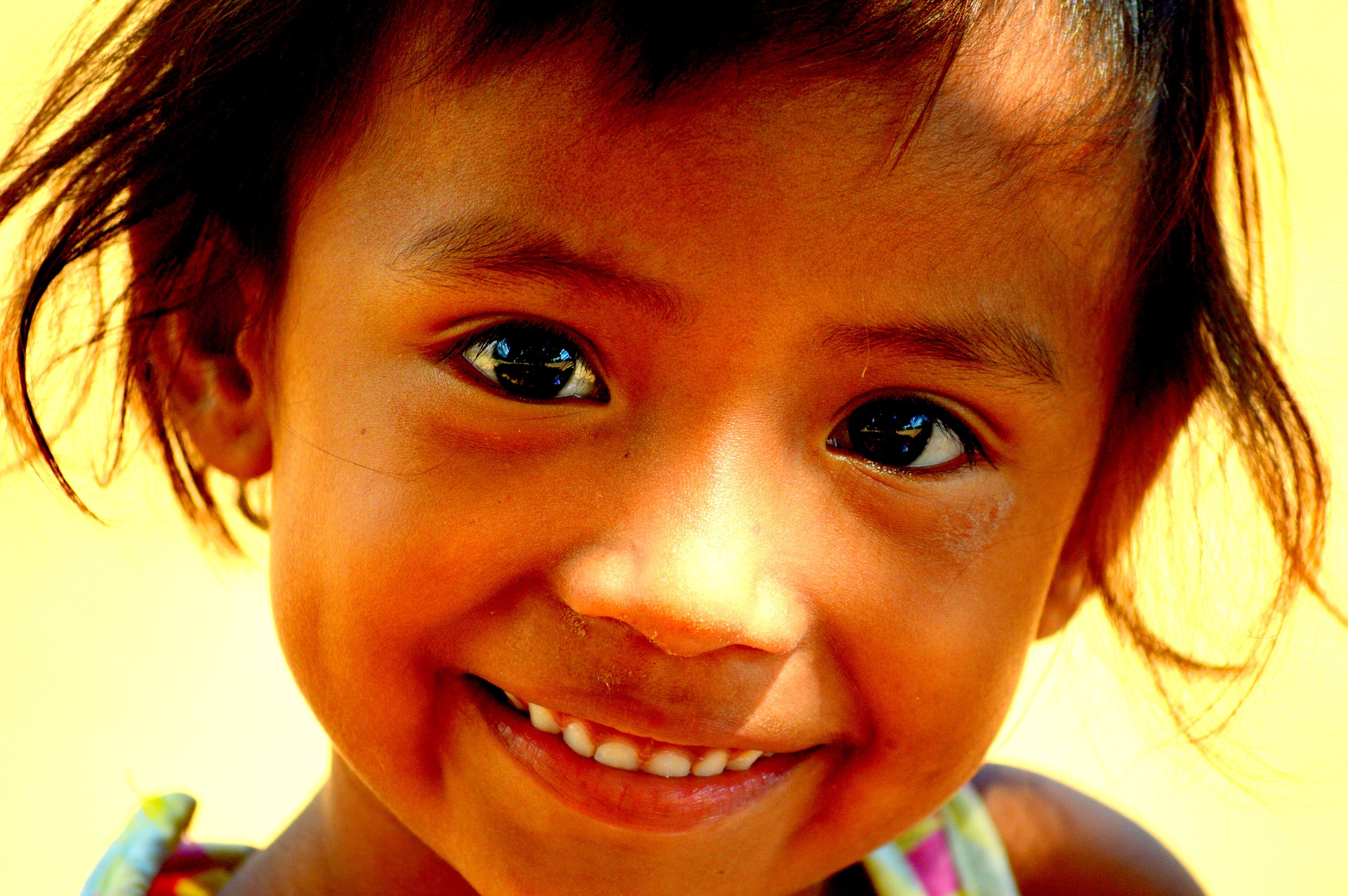By Mohammed Murad
A recent study confirms what we have long known about iris recognition – iris patterns remain consistent even as we grow and age. Other biometrics like fingerprints, facial structure and voice patterns can change over time. Fingerprints can be worn down or damaged. Facial structure and voice prints change as people grow and age.
The study was conducted by researchers at Clarkson University in Potsdam, N.Y. and was published in IEEE Transactions on Biometrics, Behavior, and Identity Science. It found no evidence of aging in children’s irises. The research team followed 209 children between the ages of four and 11 for three years. During that time there were no significant changes and iris recognition technology was able to correctly identify all the children throughout the study using the original iris scan.
The Clarkson University study corroborates other research conducted by NIST (The National Institute of Standards and Technology) showing the stability of iris patterns over time. The most recent study “Analysis of Iris Images in Nicholas Nixon: The Brown Sisters” looked at 40 years of photos of four women. Again the iris images showed no significant changes.
The reliability of iris patterns over time offers crucial benefits. It allows children to be identified at an early age for social and health programs without constant re-registration. This is important in many countries providing food, goods and services to diverse and dispersed populations. Iris identification makes sure aid and services get into the right hands where they are needed the most.
Aadhaar
India’s Aadhaar is a good example of a national ID program using biometric technologies to identify residents. The program is voluntary providing a 12-digit unique identity number for everyone from children to adults. The number is tied to biometrics including fingerprint, iris and facial recognition. It is the world’s largest biometric ID system and has been called “the most sophisticated ID program in the world.”
The program is used widely for the distribution of subsidies, unemployment benefits, state aid and ration cards. Its goal is to fight fraud, provide transparency while enhancing economic and social inclusion. Recently the government started the process of tying Aadhaar numbers to elections to weed out duplicate or fraudulent registrations and to allow for more remote voting by people in outlying areas of the country.
Mid-East and Africa
Countries in the Middle East and Africa are also using digital and biometric identification. It works for areas with a large migrant or refugee population. Using iris recognition, food and medical supplies can be distributed safely and correctly. Many people believe the use of biometrics in this situation has revolutionized the distribution of aid to those in need.
Passports
As travel and border security become more important, identifying people as they arrive or depart a county is essential. Countries are looking to connect biometric ID to passports to increase safety and security. India has already begun tying passports to Aadhaar numbers. And other countries are moving to institute biometric-enabled travel documents. The global pandemic has some governments exploring the idea of connecting COVID-19 vaccination stats to a biometric passport. It’s easy to understand why a stable biometric, like iris recognition, would be ideal for long-term, accurate identification.
The value of providing young children with an identification method that can last a lifetime is significant. It means children and adults will be less likely to fall through the cracks. It’s easier for them to get the food, medicines and services they need to thrive. Privacy will always be an important issue – a line we must walk. But it has to be balanced with providing for under-served populations. Iris recognition is one of the tools we have to do it fairly and securely.

